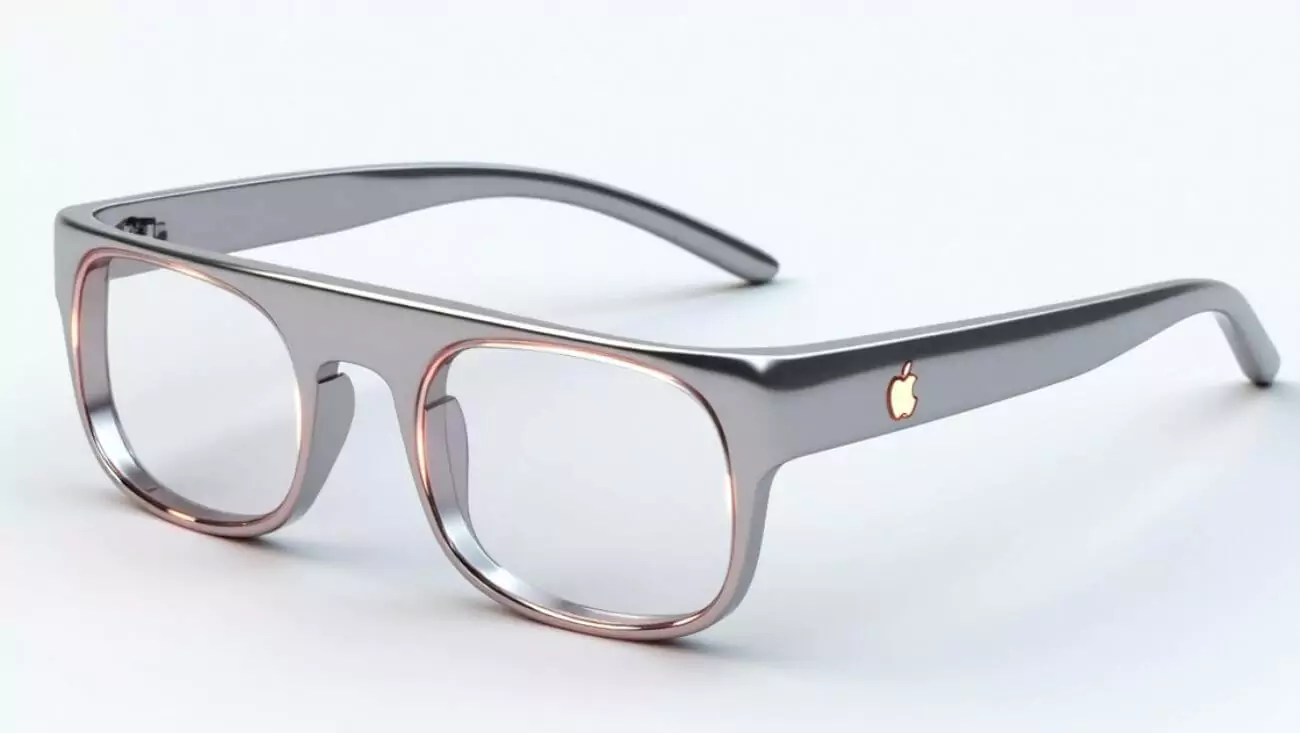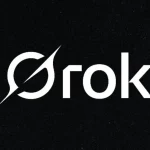April 27, 2025, Cupertino, California – Apple is reportedly making progress on its long-anticipated smart glasses, a project that could bring augmented reality (AR) and Apple Intelligence to a sleek, wearable device. While the tech giant has been tight-lipped about its plans, recent reports shed light on the device’s potential features, design, and timeline, positioning it as a future competitor to Meta’s Ray-Ban smart glasses. However, fans hoping for an imminent release may need to wait, as Apple continues to refine the technology to deliver a seamless user experience within its ecosystem.
According to Mashable India, Apple is actively developing smart glasses that will rely on the iPhone for processing power, minimizing the need for bulky hardware. This approach, similar to the original Apple Watch, allows for a lightweight design that prioritizes comfort and aesthetics—key factors in Apple’s product philosophy. The glasses are expected to integrate Apple Intelligence, enabling features like real-time navigation, contextual notifications, and voice commands via Siri. This aligns with Apple’s broader AI strategy, as seen in its recent iOS updates, which introduced enhanced AI capabilities for iPhone users.
The smart glasses are also expected to feature advanced displays and sensors, as noted by WCCFTech. Apple is reportedly exploring micro-LED displays to deliver high-quality AR visuals, such as overlaying directions or messages in the user’s field of view. The device may include cameras and microphones to support Siri interactions, making it a hands-free extension of the iPhone. This focus on AR mirrors trends in the tech industry, where devices like Meta’s Ray-Ban smart glasses have gained traction for their AI-driven features, though Meta has faced challenges with user safety that Apple will likely aim to avoid.
Apple faces significant technical hurdles in developing the glasses, particularly around battery life and form factor. Laptop Mag reports that shrinking the device means smaller batteries, which could limit usage time. To address this, Apple plans to offload processing to the iPhone, a strategy that could extend battery life while maintaining performance. However, the company is also working on custom silicon and screens to ensure the glasses meet its high standards for design and functionality. This meticulous approach is typical of Apple, as seen in its iPhone 16 Pro Max development, which focused on improving battery replacement accessibility to enhance user experience.
Expected Timeline and Challenges
Here’s a look at the project’s current status:
- Launch expected around 2027, as Apple refines the technology.
- iPhone-powered design to minimize bulk and extend battery life.
- Apple Intelligence integration for AR features and Siri commands.
- Competition with Meta’s Ray-Ban smart glasses, which have a head start.
Despite the progress, Apple’s smart glasses are still years away from release. Tom’s Guide notes that Meta currently leads the smart glasses market, with its Ray-Ban collaboration offering features like AI assistance and live streaming. Apple will need to differentiate its product by leveraging its ecosystem and privacy-focused approach, areas where it has historically excelled. For instance, Apple’s emphasis on user privacy could set it apart, especially as competitors face scrutiny over digital safety practices and data handling. This focus on privacy is crucial, given the growing use of AR in applications like live streaming, which has transformed how we engage with digital content on platforms like Instagram and YouTube.
The smart glasses project builds on Apple’s experience with wearables like the Apple Watch and AirPods, which have become integral to its ecosystem. By integrating Apple Intelligence, the glasses could offer a seamless experience, potentially allowing users to manage notifications, access navigation, or even interact with apps without pulling out their iPhone. This hands-free functionality could be a game-changer for professionals, students, and travelers who need quick access to information on the go. However, Apple must also consider the competitive landscape, where companies like Meta have already established a foothold. Meta’s Ray-Ban smart glasses, for example, have been praised for their AI capabilities but criticized for privacy concerns, an area where Apple could gain an edge by prioritizing user trust.
Apple’s cautious timeline reflects its commitment to delivering a polished product, a strategy that has served it well in the past. The company is likely drawing lessons from its earlier ventures into AR, such as the Apple Vision Pro, which introduced advanced AR features but faced challenges with bulk and battery life. By focusing on a lightweight, iPhone-powered design, Apple aims to address these issues while delivering the high-quality experience its users expect. Additionally, Apple may incorporate features like real-time language translation or contextual notifications, leveraging Apple Intelligence to make the glasses a versatile tool for both personal and professional use.
The development of Apple’s smart glasses also raises questions about the future of AR in consumer technology. As AR becomes more mainstream, devices like smart glasses could transform how we interact with the digital world, from enhancing productivity to enabling immersive entertainment experiences. For users interested in exploring AR content, tools for editing and managing videos could become increasingly relevant as AR applications grow. Apple’s entry into this space could set new standards, but it will need to navigate a crowded market and address technical challenges to succeed.
As Apple continues to develop its smart glasses, the tech industry is watching closely to see how this product will compare to existing offerings. Will Apple’s focus on design, privacy, and ecosystem integration give it an edge over competitors, or will the delayed timeline allow Meta to solidify its lead? The answers will become clearer as Apple progresses toward its 2027 target, but one thing is certain: the smart glasses market is heating up, and Apple’s entry promises to be a significant milestone in the evolution of wearable technology. What features are you most excited about in Apple’s smart glasses? Share your thoughts in the comments, and let’s discuss the future of AR.







